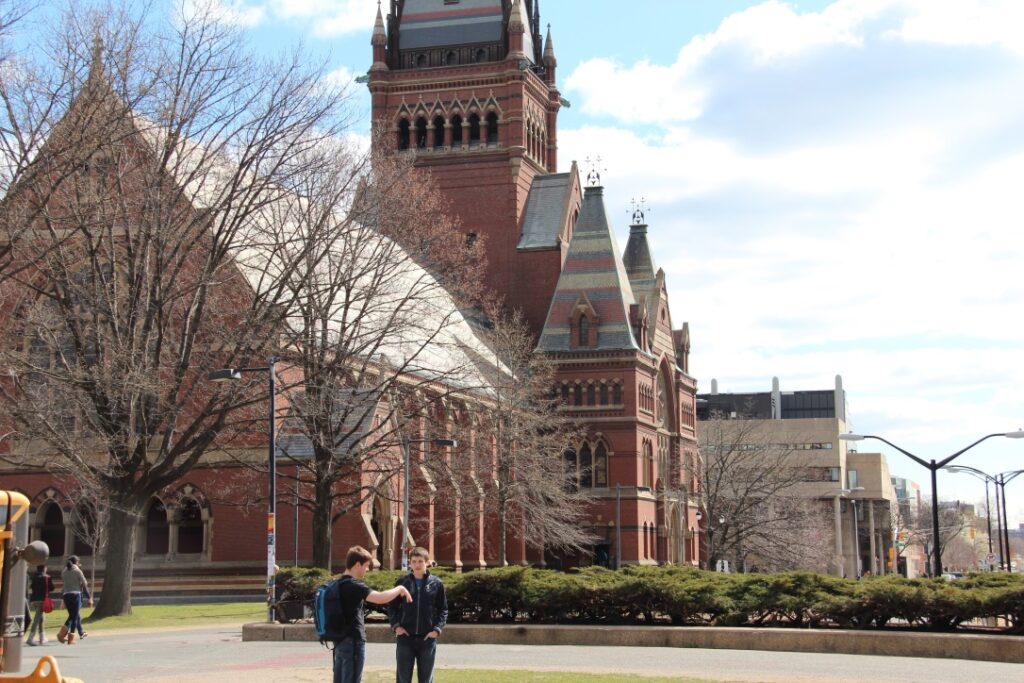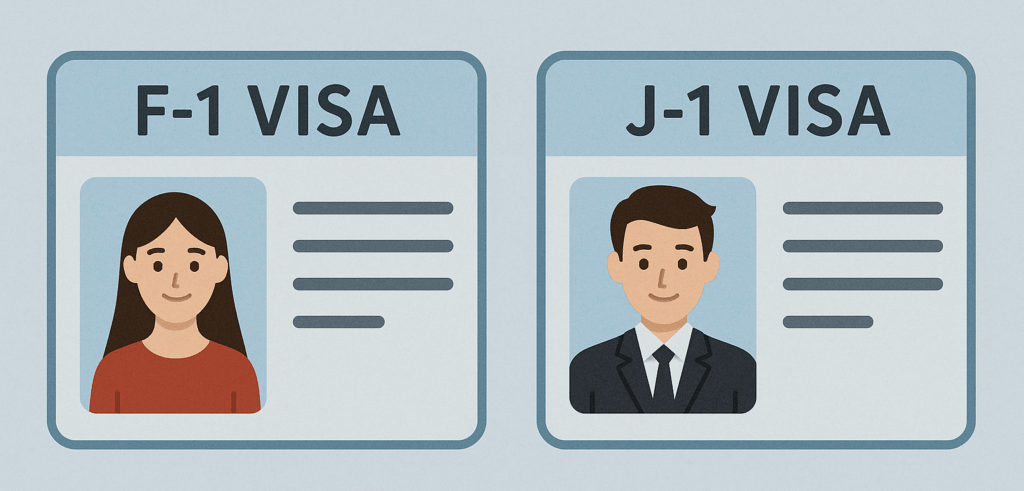For International Parents and Students Who Want to Start Right
Early study abroad in the United States is no longer a rare option reserved for a privileged few. With growing global competition and educational aspirations, more and more international families are choosing to send their children to the U.S. during their elementary or secondary school years.
But where should you begin?
This comprehensive guide walks you through what you need to prepare at the early stages of the study abroad process. From clarifying your goals to choosing the right school, preparing for interviews, and securing a student visa. It’s designed to help families make informed, strategic decisions at every stage.
1. Define Your Goal: Why Choose Early Study Abroad?

Before diving into application forms and school websites, take a moment to reflect on your “why.”
- Are you aiming for admission to a top-tier U.S. university, such as the Ivy League?
- Do you want your child to become fluent in English and gain cultural confidence?
- Are you seeking an education system that emphasizes creativity, independence, and personal growth?
Clearly defined goals will serve as your compass. Whether your focus is academic success, global exposure, or social development, your purpose will determine the most suitable entry point and school type for your child.
2. Decide When to Start: What’s the Best Grade Level?
The timing of entry plays a critical role in shaping your child’s experience. U.S. private high schools typically categorize entry points into four main groups:
| Grade Level | Key Benefits |
| Grades 4–6 | Early English immersion and cultural adaptation; ideal for language development and long-term adjustment. |
| Grades 7–8 | Builds a strong academic foundation; students adjust to classroom expectations before high school. |
| Grades 9–10 | Smooth transition into the U.S. high school curriculum; allows for transcript-building. |
| Grades 11–12 | Very limited adjustment time; not ideal for elite college admissions unless under special circumstances. |
Expert Tip: Most education professionals agree that middle school (grades 7–8) is the optimal time to begin. It provides enough time to adjust while remaining competitive for college.
3. Research and Choose the Right School
Choosing the right school isn’t just about academics—it’s about finding the best environment for your child to thrive. Consider factors such as:
- Public vs. Private: For most international students, private schools are not just an option—they are the primary legal and educational pathway into the U.S. system. Public schools, by law, do not issue I-20s for multi-year F-1 visa study. Also, many public schools offer one year J-1 study abroad program (Exchange Program).
- Day vs. Boarding School: Check this article, The 4 Categories of Private High Schools: How and When Should International students Begin Preparing?
- STEM-Focused vs. Humanities-Driven
- Location and Regional Benefits: Please check this article, What are Top Private Middle and High Schools in the U.S for International Students?

1. New England (Including Boston, MA)
- Home to the highest concentration of elite private high schools in the U.S. (e.g., Phillips Academy Andover, Groton School, Deerfield Academy).
- Close proximity to world-renowned universities like Harvard, MIT, and Brown.
- Strong academic traditions, emphasis on liberal arts, and deep support systems for international students.
- Culturally rich, safe, and intellectually stimulating.
Note: Many parents find that the Boston area and broader New England region offer a unique blend of academic rigor, historical prestige, and university access that is hard to match elsewhere.
2. East Coast (New York, New Jersey, Pennsylvania, D.C. area)
- Known for cultural diversity, global perspectives, and a wide range of excellent private and boarding schools.
- Access to cultural institutions, museums, and internship opportunities in cities like New York City and Washington D.C.
- More competitive environment, especially in metro areas, but with rich exposure to global networks.
3. West Coast (California and surrounding states)
- Offers more progressive, tech-forward, and often more relaxed school cultures.
- Proximity to top STEM institutions like Stanford, Caltech, and UC Berkeley.
- Known for strong programs in science, arts, and innovation.
- Weather is milder year-round, and the lifestyle is often more balanced.
What Else to Look For
In addition to location and school type, be sure to evaluate:
- Curriculum Options: AP, IB, honors programs, and ESL support.
- Extracurricular Activities: Clubs, sports, arts, robotics, volunteer opportunities.
- College Matriculation History: Where do graduates go next?
- Support for International Students: Look for strong ESL programs, cultural integration events, and academic advising.
Use online resources such as school websites, virtual tours, and counselor recommendations to compare schools. Whenever possible, schedule school visits or consult with educational experts to narrow your list.
4. Prepare Strong Application Materials
U.S. private schools typically request: Please check this article, The 4 Categories of Private High Schools: How and When Should International students Begin Preparing?
- Academic transcripts (past 2–3 years)
- Teacher recommendation letters
- A student personal statement or essay
- Standardized test scores (if available)
- English proficiency test scores (TOEFL, Duolingo, or school-specific tests)
Don’t overlook the parent statement, if requested—it’s a crucial piece that reflects your family’s values and commitment.
5. Master the Interview Process
Most schools require an interview, often conducted online. Help your child prepare by:
- Practicing self-introductions in English
- Discussing hobbies, goals, and motivations for studying abroad
- Encouraging confidence, curiosity, and cultural openness
Pro Tip: A few mock interviews with a counselor can make a big difference.
6. Secure the F-1 Student Visa
Once your child is accepted and receives the I-20 Form:
- Complete the DS-160 form online
- Pay the SEVIS I-901 fee
- Schedule and attend a visa interview at your nearest U.S. embassy
Important: Younger students must live with a legal guardian or in school-approved housing such as a dormitory or host family.
7. Final Preparations Before Departure
Before departure, be sure to:
- Book flights and arrange airport pickup
- Organize school supplies and medical records
- Prepare all required school documents
- Coordinate with the host family or school dorm
- Have an honest conversation about expectations and how to stay in touch
A pre-departure checklist can reduce anxiety and help ensure a smooth transition.
8. Your Role as a Parent Never Ends
Even if your child is thousands of miles away, your involvement remains vital:
- Join virtual parent-teacher meetings
- Monitor academic progress and reports
- Maintain communication with guardians and school staff
- Provide emotional support and encouragement
Remember: A successful early study abroad experience depends as much on your guidance as it does on your child’s efforts.
Final Checklist
- Goals clarified
- School shortlist made
- Application materials completed
- Interview practiced
- F-1 Visa secured
- Housing and guardian confirmed
- Travel and pre-departure logistics finalized
Conclusion: Lay the Foundation for a Global Future
Early study abroad in the U.S. is a remarkable opportunity—but only when approached with care. From selecting the right grade level to preparing emotionally, academically, and logistically, every step matters.
By following this step-by-step guide, international families can set their children on a path to long-term academic and personal success. Need help with school selection, applications, or guardianship?
Contact our expert team at BGE today—we’re here to guide your family toward a brighter future.



